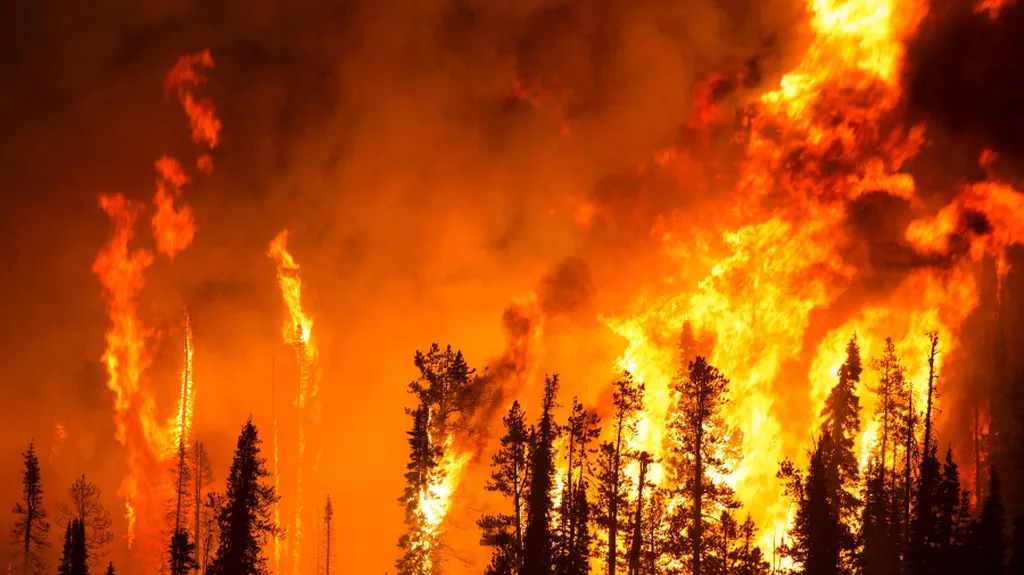Seneca, a pioneering startup in autonomous aerial systems, has unveiled its mission to revolutionise wildfire suppression with cutting-edge technology. The company, which specialises in developing drones capable of rapid deployment, precise fire targeting, and AI-driven fire suppression, has secured what it believes to be the largest venture capital financing in fire technology history. This funding round, led by Caffeinated Capital and Convective Capital, includes participation from a roster of prominent investors such as First Round Capital, Transition VC, Advance Venture Partners, Nextview Ventures, Bullpen Capital, Stepstone Group, DCVC, Offline Ventures, Roar Capital, Good Friends, Slow Ventures, and MHS Capital.
Seneca’s technology promises to extend the reach of firefighters, utilities, and communities, tackling situations that were previously deemed unsafe, inefficient, or impossible. The company’s founding partners—Nick Foley, Bill Clerico, Adrian Aoun, and David Glazer—have emphasised the importance of collaboration with fire professionals to ensure their product delivers immediate value. The Advisory Board, comprising seasoned fire service leaders such as Dr. Lori Moore-Merrell (former US Fire Administrator), John Mills (Watch Duty Founder and CEO), and Rick Balentine (25-year Chief of Aspen Fire Department), underscores Seneca’s commitment to integrating real-world expertise into its innovation.
“Having now demonstrated the product’s capabilities on live fire and with fire agencies in four states, we will use this funding to improve capabilities, harden the overall system, increase production, and roll out the first systems to the field to save lives during the 2026 fire season,” the company stated.
The urgency of Seneca’s mission is underscored by the escalating wildfire crisis in the US. Wildfire intensity has nearly tripled over the last two decades, costing the US economy approximately $1 trillion annually, displacing communities, and devastating ecosystems. Seneca’s technology represents a critical step toward mitigating this growing threat.
As the company prepares to deploy its systems in the field, it is actively seeking partnerships with fire professionals, utilities, and landowners. Seneca is also expanding its team, inviting those passionate about tackling planetary-scale challenges to join its mission.
This development signals a significant shift in how wildfires are managed, leveraging AI and autonomous systems to enhance firefighting capabilities. As Seneca scales its operations, it could set a new standard for technological innovation in disaster response, reshaping the future of firefighting and disaster management.

